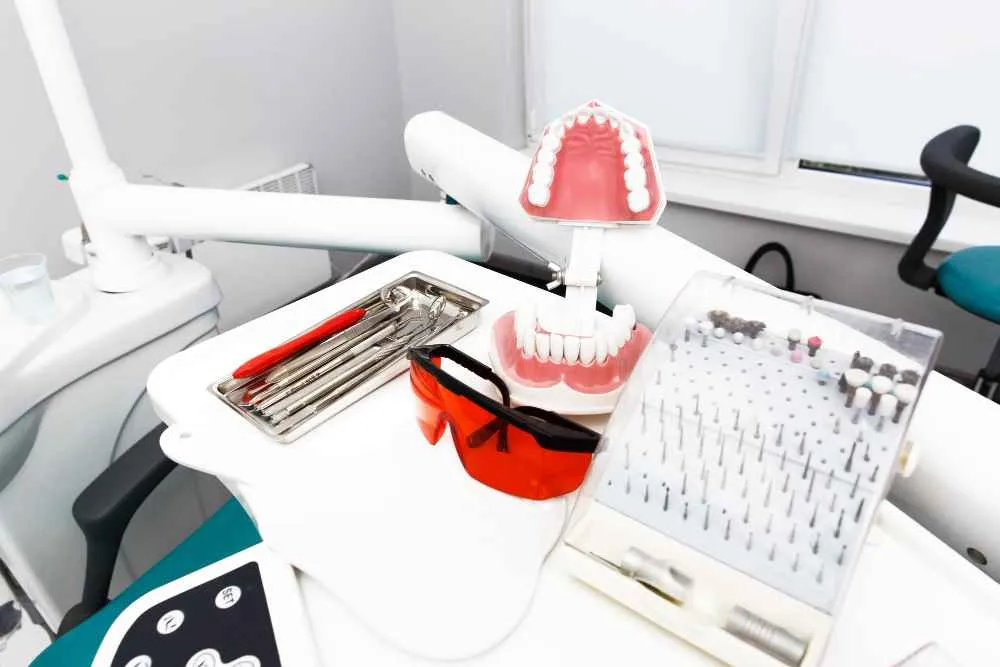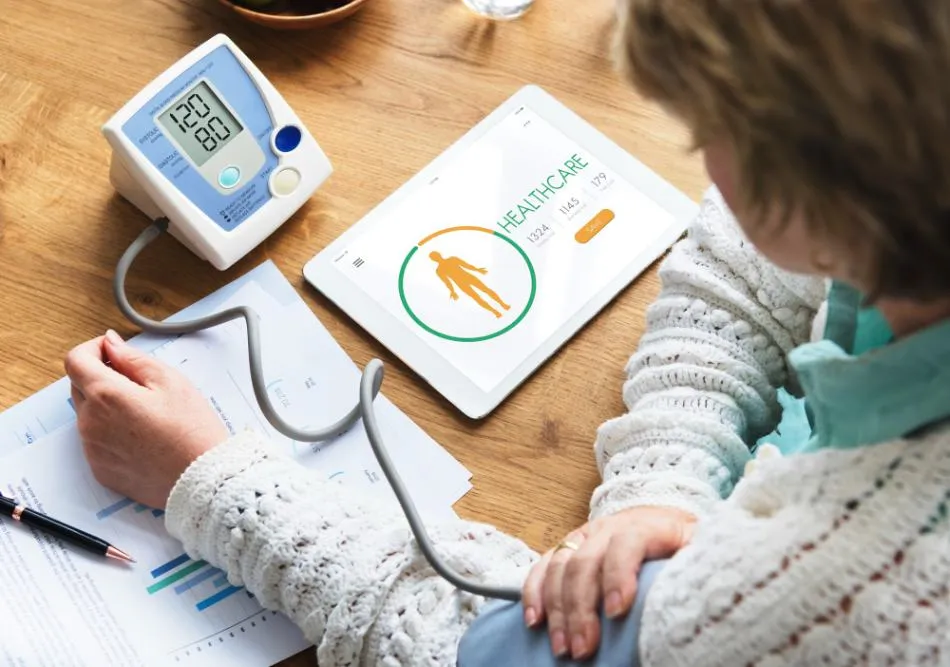In moments of crisis, the ability to provide immediate assistance can mean the difference between life and death. Basic Life Support (BLS) certification equips individuals with the essential skills needed to respond effectively to life-threatening emergencies. Whether you are a healthcare professional, a concerned citizen, or anyone, BLS certification is vital to saving lives and promoting community well-being.
Understanding Basic Life Support
Basic Life Support refers to the core medical processes and strategies used to keep someone alive in emergencies. It basically consists of cardiopulmonary resuscitation (CPR), chest compressions, and the use of an AED or automated external defibrillator to restore a normal heartbeat. BLS certification training goes beyond theoretical and emphasizes hands-on experience to ensure students are well-prepared to use their abilities in real-life circumstances.
Who Is Required for BLS Certification?
BLS certification is helpful to a wide variety of individuals, both inside and outside of the healthcare industry:
Healthcare Professionals: BLS certification is essential for doctors, nurses, paramedics, and other medical staff as part of their professional qualifications.
First Responders: Firefighters, police officers, and EMTs or emergency medical technicians all require BLS training to provide prompt aid at the scene of an incident.
Educators: By acquiring BLS certification, teachers, coaches, and childcare workers can maximize their ability to protect the well-being of their students.
Community Members: Regular citizens could save lives by knowing how to respond successfully to cardiac arrest and other life-threatening emergency cases.
Workplace Safety: Many businesses require BLS certification for workers to ensure a safe environment and respond quickly to medical crises.
The Advantages of BLS Certification
Confidence: BLS certification instills confidence in individuals to act in the event of an emergency. Analyzing the situation, performing CPR, and using an AED enable people to be effective first responders.
Increased Survival Rates: Prompt initiation of BLS processes could significantly increase the chances of survival for persons experiencing cardiac arrest. Survival rates drop by 10% for every minute without immediate assistance.
Rapid Response: BLS-trained people can provide prompt and effective assistance before professional help arrives, bridging the critical gap between the onset of an emergency and the arrival of healthcare providers.
Greater Community Impact: When more people in a community are BLS-certified, the public preparedness to handle emergencies improves. This results in a safer community and a more resilient society.
Employment Opportunities: BLS certification is typically required for various work positions in healthcare, making individuals more competitive in the job market.
Essential Factors of BLS Certification Training
BLS certification courses are intended to be accessible and effective for people with diverse degrees of medical knowledge. The following major components are often covered in the training:
CPR Techniques: Participants learn the proper method for administering chest compressions and rescue breaths on adults, children, and newborns. Proper hand positioning, compression depth, and ventilation ratios are emphasized.
AED Use: Participants are taught how to use an AED safely and successfully. They learn how to attach the device, follow audio directions, and administer shocks if necessary.
Assessment Skills: Recognizing the indicators of cardiac arrest and other life-threatening conditions is critical. BLS training includes instructions on how to examine a person's responsiveness and breathing.
Choking Relief: The course teaches techniques for relieving choking in adults, children, and newborns, preparing learners to deal with airway obstructions.
Team Dynamics: During an emergency, effective communication and coordination are critical. In high-stress settings, BLS training emphasizes the importance of teamwork.
BLS Certification Process
BLS certification includes the following steps:
Choosing a Provider: BLS certification courses are available in various organizations and universities. It is important to choose a reliable provider that adheres to the rules established by recognized medical groups.
Course Length: BLS courses can range from a few hours to a full day, depending on the level of detail covered and the provider's curriculum.
In-Person or Online: Many providers provide both in-person and online BLS training. Online options also include a combination of video lessons, interactive simulations, and in-person competency evaluations.
Skills Evaluation: Participants are asked to demonstrate their skills in a practical evaluation, whether the course is completed online or in person. This assessment guarantees that participants can perform BLS procedures correctly.
Certification Validity: BLS certification usually is valid for two years. Individuals must take a refresher course and pass a skills evaluation to maintain their certification.
Conclusion
Swift and competent action in medical emergencies can save lives. People with Basic Life Support (BLS) certification have the knowledge and abilities needed to respond effectively to life-threatening situations. BLS training prepares you to be a capable first responder and possible lifesaver, whether you are a healthcare professional, a first responder, a concerned citizen, or a workplace employee. By receiving BLS certification, you contribute to creating a safer and more prepared community in which people are ready to act bravely and decisively in times of emergency. Remember that investing in BLS certification is more than just a personal accomplishment—it's a commitment to making a difference in the lives of others.

लेखक





